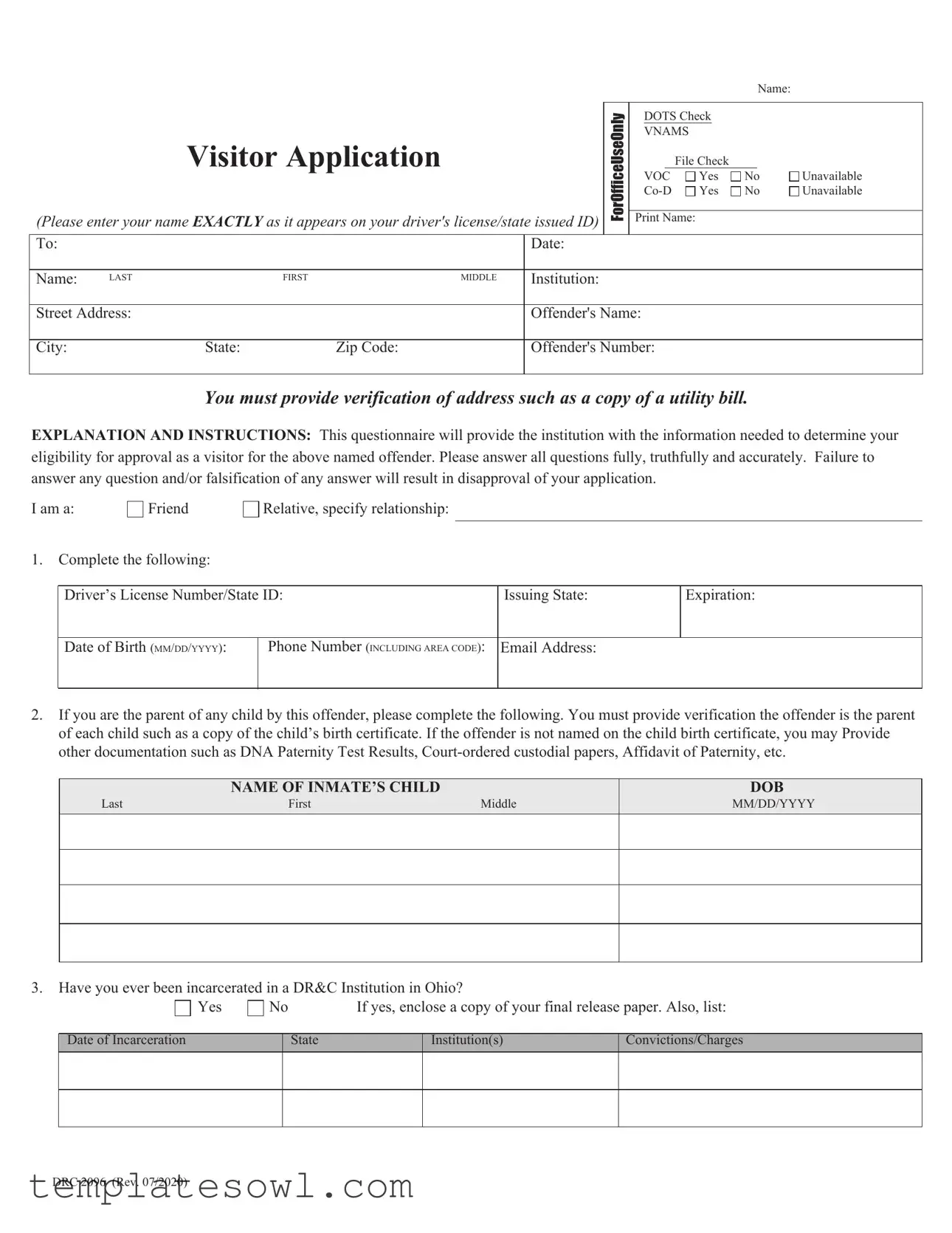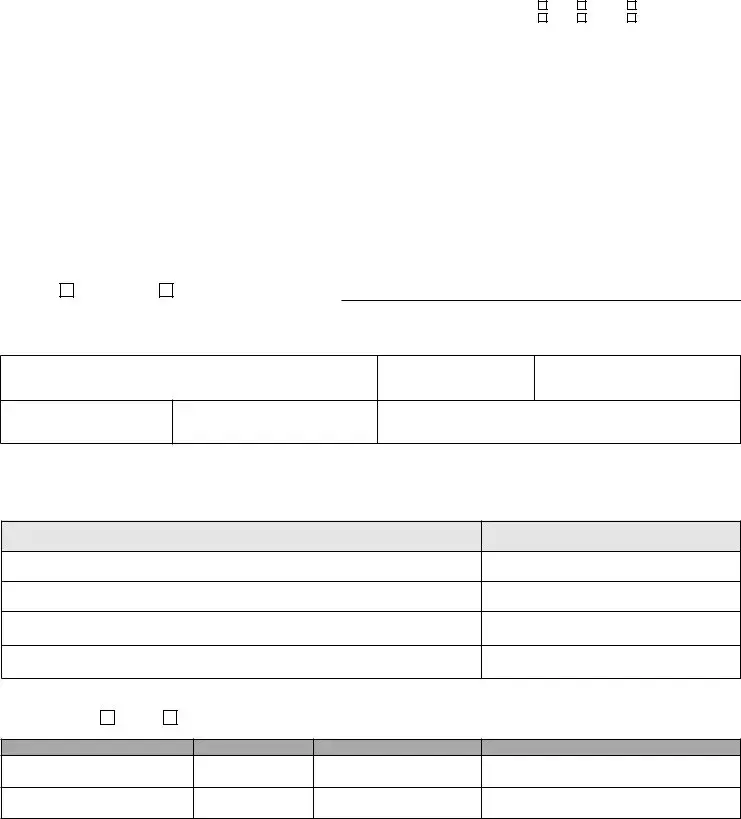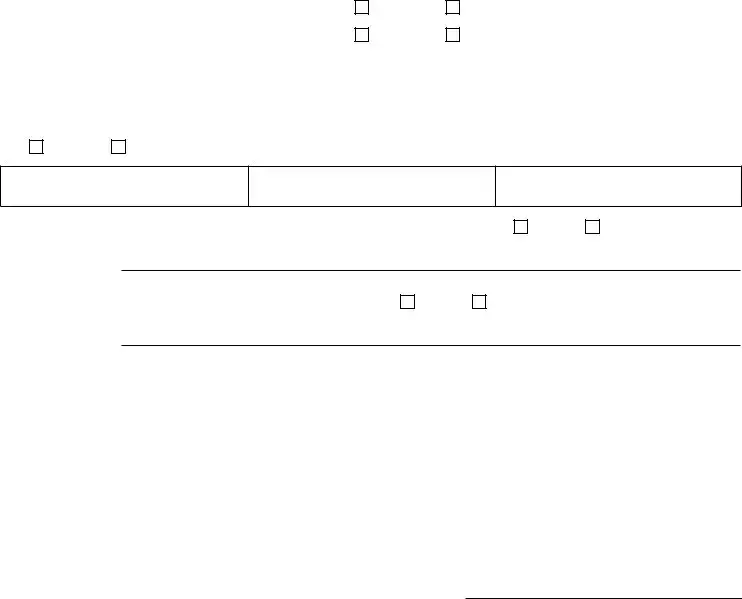State of Ohio
Ohio Department of Rehabilitation and Correction
General Visiting Instructions
1.All attire worn upon entry into the facility must be worn throughout the duration of the visit, with the exception of appropriate outerwear such as a coat and gloves.
2.Appropriate undergarments must be worn (i.e., bra, slip, and underwear).
3.No additional clothing is permitted to be carried into the facility.
4.Inappropriate attire includes, but is not limited to:
a.See-through clothing of any kind.
b.Tops or dresses that expose the midriff or have open backs or open sides (such as any sleeveless clothing such as halter tops, tube tops, cropped tops, tank tops, and muscle shirts).
c.Low-cut clothing cut in a manner that exposes the chest.
d.Any clothing that inappropriately exposes undergarments.
e.Skirts, dresses, shorts, skorts, or culottes with the hem or slit above the mid-knee.
f.Wrap-around skirts/dresses or break-away type pants.
g.Clothing with any gang related markings.
h.Clothing with obscene and/or offensive pictures, slogans, language and/or gestures.
i.Form-fitted clothing made from Spandex or Lycra or other similar knit material such
as leotards, unitards, bicycle shorts, tight jeans, or tight pants.
j.Clothing with inappropriate holes/rips, including shoulder cut-outs.
5.No more than one wristwatch or pocket watch will be permitted.
6.Purses, handbags, backpacks, or similar items are not permitted. Diaper bags and infant carriers, are permitted, but are subject to regular search procedures Clear plastic bags are preferred in place of diaper bags. Diaper bags may include:
a.A reasonable number of diapers and baby wipes
b.Three plastic baby bottles
c.Three plastic containers of baby food
d.One pacifier
7)All visitors are subject to clear the metal detector. The following items often prevent clearance of the metal detector:
a.Hairpins
b.Bras with metal underwires
c.Certain boots and shoes
d.Clothing with multiple zippers
e.Excessive jewelry




